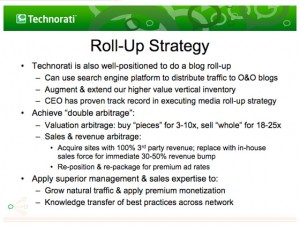“Investor Management” is probably the area of most complaint that investor’s have about companies they are involved in. Basically the scenario typically goes something like this:
The company is pitching for funding. Throughout the pitch & due diligence process it is the number one priority of management & management takes the time to work through the funding process with prospective investors.
Upon closing, the company gets the funds & management goes about applying them to help grow the company by ramping up development, executing marketing campaigns, etc. As there are never enough hours in a day for people involved in a startup, this takes up management’s total focus in time. Investors do not hear anything.
As with any startup, things do not go exactly according to plan. Development takes longer, sales cycles take longer, etc. The original financial plan goes out the window and more money is required. Management then goes back to its investors looking for more money. Investors are lukewarm given they have been in the dark and wonder it its worth investing more of their money.
What separates the good companies from the rest are ones that appropriate manage investor relations. This boils down to 2 aspects. First, know your investors and second, establish a consistent communication channel & frequency.
As I discussed in a previous article, angels have a variety of backgrounds and motivations for funding companies. Some want to play a hands-on role in helping to grow a company, others are more passive. For the investors who are not directly involved in the company (i.e. not on the board), get to know them. In your first round of funding, you will probably have a small number of investors. Get to know their backgrounds and discuss how closely they want to be involved in helping the company. For those that do want to be involved, tap into their expertise/network when you are looking to find a supplier, get an introduction to a client, etc. As most angels are well established in their professional careers they have an enormous wealth of knowledge and expertise that can be tapped to help. If they are actively looking to be involved, it’s in everybody’s best interest to take advantage of this.
For the overall group of investor’s in the company, you should establish a regular communication mechanism and stick to it religiously. This could be something along the lines of a monthly or quarterly investor newsletter. In it, topics such as the following can be covered:
- Sales successes
- Sales pipeline
- Product development updates
- Issues & challenges
- Up-coming events or conferences
This would be in addition to financial statements or other required deliverables as specified in the term sheet. The main thing is to establish consistency so the investors know when they can expect to receive a communication. This will help align investors to the company as it grows. Their investment makes them important stakeholders in the company and offers a pool of expertise that can be leveraged to help the company grow.
As always, if you have any questions, comments, or suggestions for future articles feel free to contact me: craig at mapleleafangels.com



 I just got word from the guys at
I just got word from the guys at